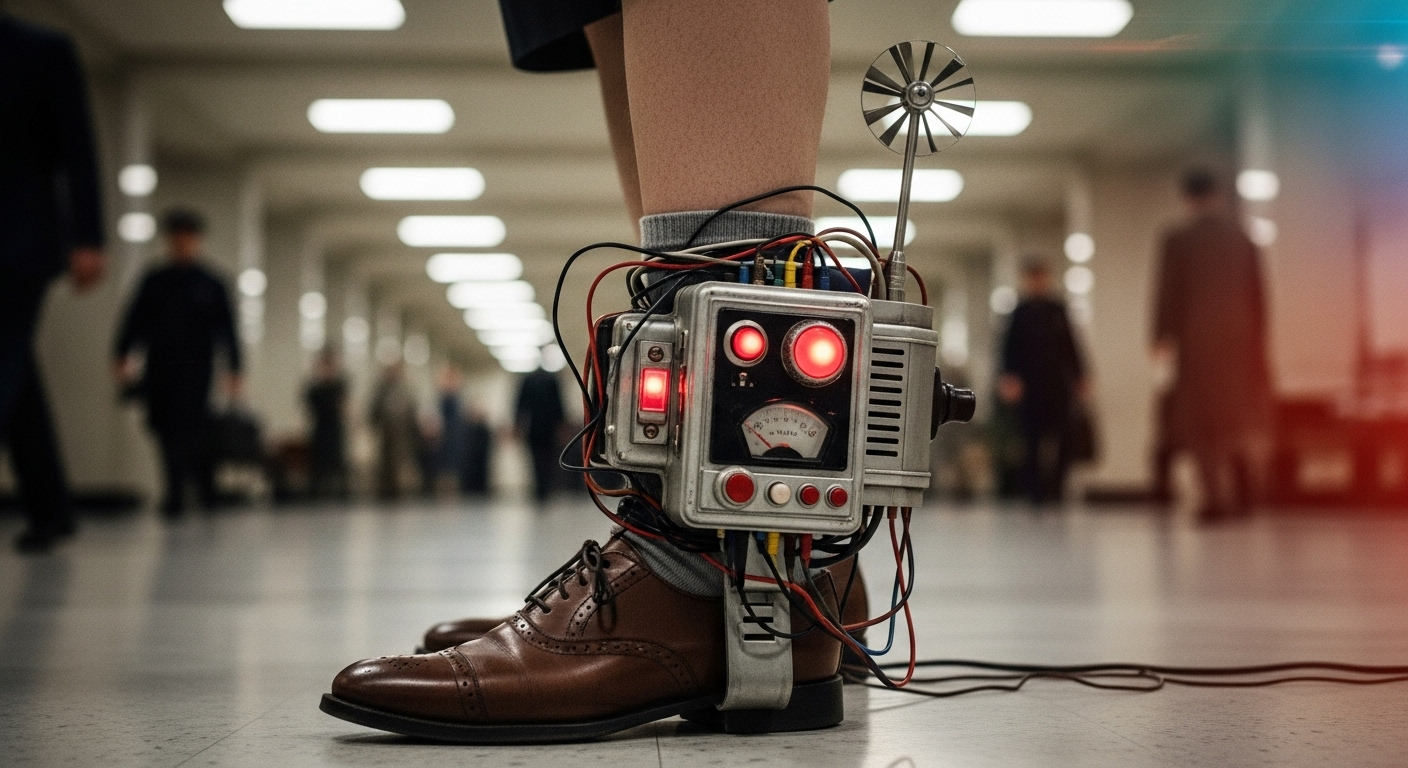Hey there, tech enthusiasts and curious minds! Ever thought about wearable tech beyond smartwatches and fitness trackers? You know, the kind that doesn’t just count your steps but pretty much knows where every one of those steps takes you? Well, buckle up, because we’re diving into a fascinating (and maybe a little unsettling) corner of the tech world: ICE’s plan to track over 180,000 immigrants using ankle monitors.
The Tech That’s More Than Just a Gadget
So, what are we talking about here? We’re not talking about your Fitbit telling you to get up and move. These are GPS-enabled ankle monitors, designed to keep tabs on individuals. Think of it as a digital leash, providing real-time location data. It’s like something out of a sci-fi flick, but, you know, real life. And ICE, the U.S. Immigration and Customs Enforcement, is apparently gearing up to deploy these on a massive scale, aiming for over 180,000 people.
Now, 180,000 isn’t just a number; it’s a small city’s worth of individuals, each with a device essentially broadcasting their whereabouts. Imagine the data flow! The infrastructure needed to manage that many devices and the information they generate is pretty mind-boggling. It highlights just how far surveillance technology has come, from clunky prototypes to something that can be scaled up to track a population segment.
Follow the Money (and the Monitors)
Here’s where our story gets a little extra spicy, straight from the Reddit threads that sparked this whole conversation. The company behind these high-tech ankle bracelets? Well, it turns out they’ve reportedly donated a cool $1.5 million (or more!) to a certain former president’s campaign. Now, I’m not here to draw any definitive conclusions, but it certainly adds a layer of… intrigue, wouldn’t you say? It makes you wonder about the intricate dance between big government contracts, the tech industry, and political contributions. It’s a reminder that sometimes, the gears of policy are lubricated by more than just good intentions.
Beyond the Bling: Privacy, Ethics, and the Future
This isn’t just about a gadget; it’s about what that gadget represents. On one hand, proponents argue it’s a way to manage caseloads, ensure compliance, and potentially reduce detention costs. On the other hand, critics raise serious questions about privacy, civil liberties, and the very nature of constant surveillance. When does monitoring become an undue burden? What are the long-term implications for individuals living under constant digital watch? And what precedent does this set for future applications of similar technology?
It pushes us into the realm of futurology, doesn’t it? What does widespread, real-time tracking mean for society? Are we heading towards a future where digital oversight is the norm, not the exception? It’s a thorny issue, blending technology, business, ethics, and human rights into one fascinating, complex package.
So, what do you make of all this? Is this a necessary evil for managing complex situations, or a slippery slope toward a surveillance state? As always, the truth is likely somewhere in the nuanced middle, but it’s definitely something worth keeping an eye (or an ankle) on.
